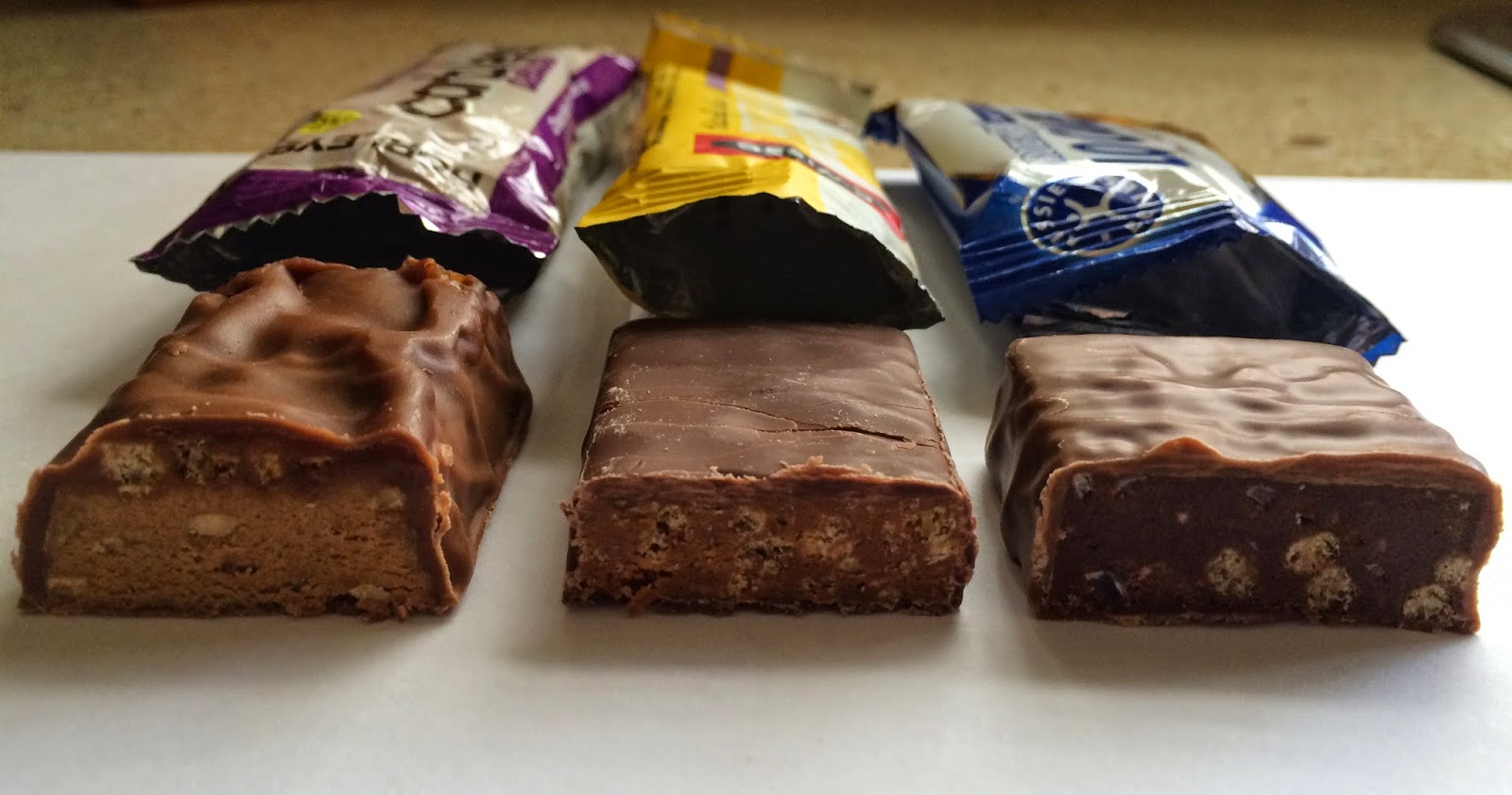After a relish to top your steak? Or to dip crackers into? I went on a quest to replicate a delicious store-bought relish earlier this year, and this was the result. A spicy, slightly acidic, slightly sweet, savoury tomato and capsicum relish. Certainly a healthier alternative to drowning your meat in tomato sauce (which I must admit I did as a kid, and well into teenage hood), and a much more natural, chunky, adult-tasting version.
I used some of the same techniques from my arrabbiata sauce recipe, blanching fresh tomatoes and roasting my own red capsicum. You certainly could make a few shortcuts and used canned chopped tomatoes and store-bought roasted capsicum if you were a little time-poor (and let's face it- who isn't?). But I think the real joy of this is being able to make the entire thing from scratch. Who knows, your homemade relish could become a nice little Christmas present for loved ones?
Spicy tomato and roasted capsicum relish
4 medium tomatoes
1 small-medium red capsicum
½ red onion, diced
1 small red chilli, finely chopped (or more
if using larger, milder chillies)
2 cloves garlic
2 Tbsp red or white wine vinegar
1.5 Tbsp brown sugar
1 Tbsp extra virgin olive oil
1 tsp mixed herbs
Pinch of salt and pepper
- Roast capsicum: Place capsicum pieces skin side up on a baking tray lined with foil. Bake at 200°C for ~15 minutes, or until skin starts to darken. Gather up foil to enclose capsicum and steam in oven for a further 10 minutes. Remove capsicum from oven, place into a bowl of ice cold water for a couple of minutes. Remove from water and peel off skin. Discard skin and set aside.
- Blanch tomatoes: Prick the skin of the tomatoes a couple of times each and place in a medium-sized saucepan of water. Cover and bring to the boil for ~10 minutes or until cracks appear in the skin of the tomatoes. Drain and place in a bowl of ice cold water for a couple of minutes. Remove from water and peel off skin. Discard skin and set aside.
- Roughly chop capsicum and tomatoes, reserving only half the juices.
- Saute onion in olive oil in a medium saucepan until translucent. Add garlic and chilli and stir for 2 minutes.
- Add capsicum, tomatoes and juices, vinegar, brown sugar, herbs, salt and pepper to the saucepan. Simmer for at least 45 minutes, until relish has reduced and thickened.
- Place in a sterilized glass jar until and store until needed. Refrigerate after opening.
Makes ~300mL (just over 1 cup).
Note: to sterilize a jar, wash in hot soapy
water, rinse and dry well. Place in the oven at 120°C for 20 minutes. Remove from oven and immediately fill with sauce.








































